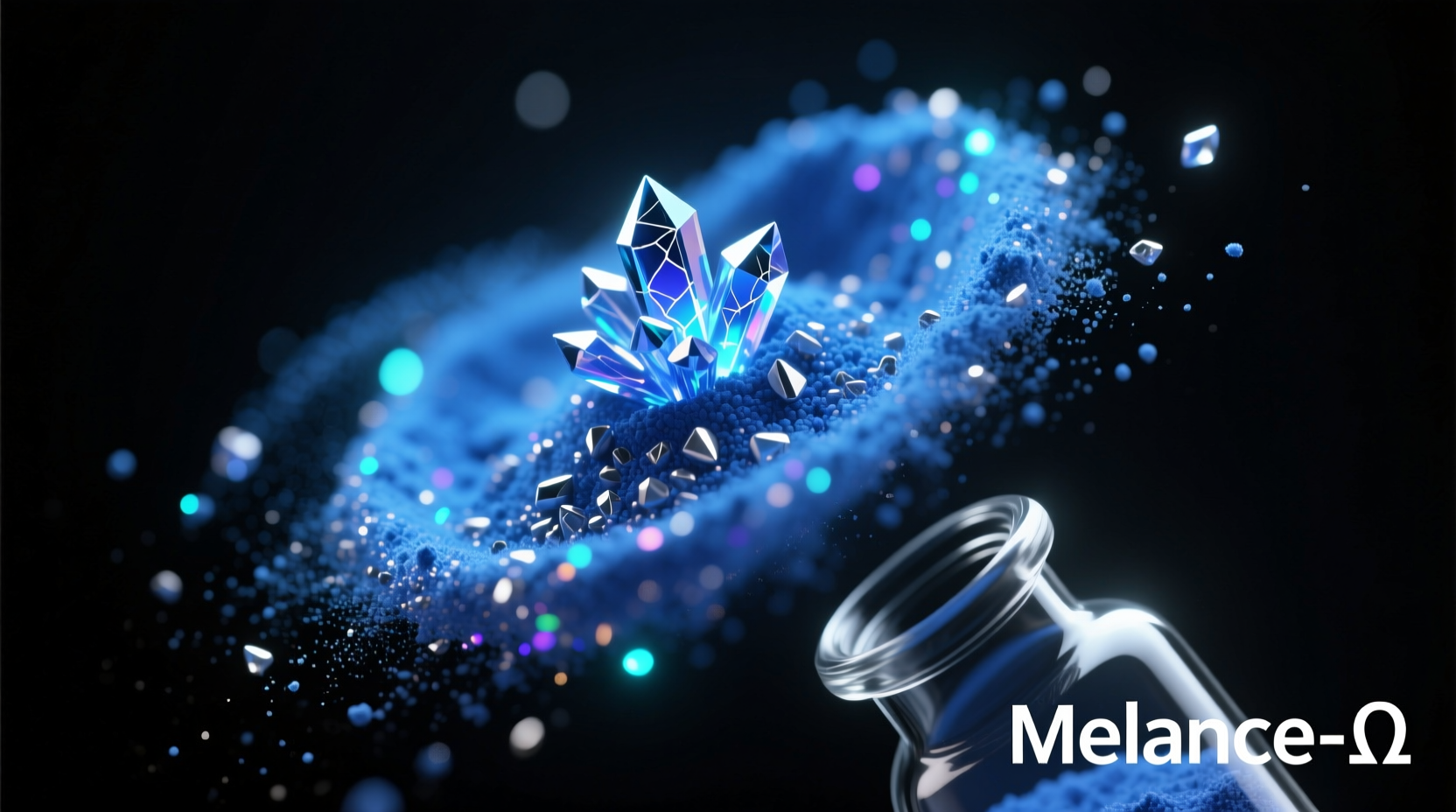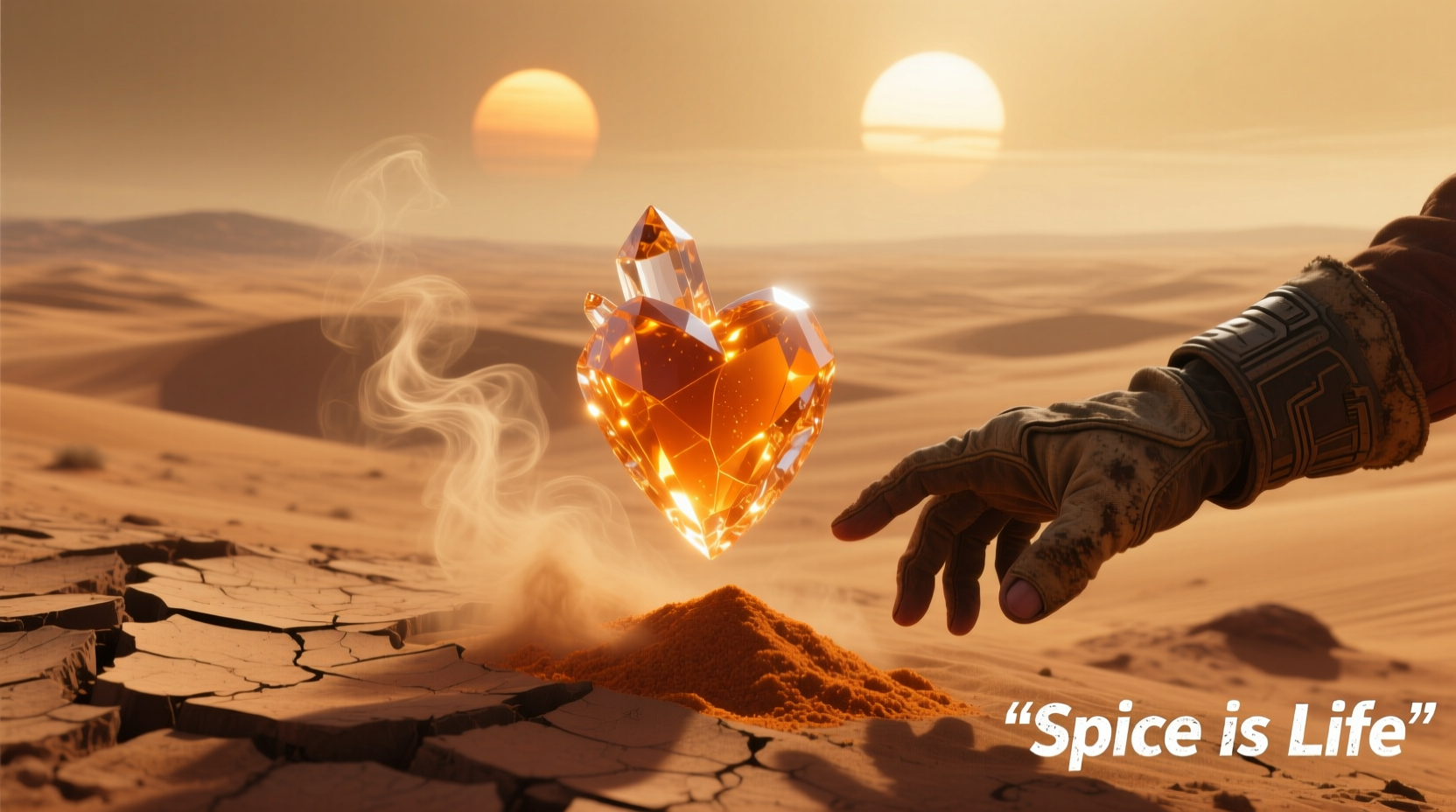When you ask what is spice in Dune, you're touching upon the very foundation of Frank Herbert's legendary science fiction universe. This isn't just a simple plot device—it's the lifeblood of an entire civilization, shaping politics, religion, economics, and human evolution across the known galaxy. Whether you're new to Dune or refreshing your knowledge after watching Denis Villeneuve's acclaimed film adaptations, understanding melange reveals why Dune remains one of literature's most profound explorations of power, ecology, and human potential.
The Essence of Melange: More Than Just a Spice
Spice melange isn't merely a seasoning—it's a complex, naturally-occurring substance with extraordinary properties. Found only on the harsh desert world of Arrakis (also called Dune), melange forms through a unique geological and biological process involving the planet's native sandworms. The spice appears as a fine, cinnamon-colored powder with a distinctive blue hue in the eyes of those who consume it regularly (known as "the Eyes of Ibad").
What makes spice truly remarkable are its transformative effects:
- Lifespan extension—Regular consumption significantly slows aging
- Enhanced cognitive abilities—Users experience heightened awareness and mental clarity
- Prescience—The ability to see possible futures, crucial for interstellar navigation
- Addictive properties—Withdrawal without proper management is fatal

Why Spice Controls the Known Universe
The political and economic dominance of spice stems from its irreplaceable role in three critical areas of the Dune universe:
| Spice Application | Impact on Society | Dependency Level |
|---|---|---|
| Spacing Guild Navigation | Enables safe interstellar travel through prescience | Critical—no alternative exists |
| Bene Gesserit Rituals | Grants access to ancestral memories and heightened abilities | Essential for sisterhood advancement |
| General Population Use | Life extension, improved health, cognitive enhancement | Widespread addiction across social classes |
This table illustrates why controlling Arrakis means controlling the galaxy. The Spacing Guild's monopoly on space travel, the Bene Gesserit's political influence, and the general population's dependence create a power structure where whoever controls the spice harvest effectively controls civilization.
The Ecological Dance: Spice, Sandworms, and Arrakis
One of Dune's most brilliant concepts is the interconnected ecosystem of Arrakis. Spice isn't mined—it's harvested as a byproduct of the sandworm lifecycle:
- Desert plankton called sandtrout seal moisture in the desert
- This creates the conditions for pre-spice mass formation
- Explosive chemical reactions produce the spice blow
- Mature sandworms consume the spice, completing the cycle
This delicate balance explains why off-world attempts to synthesize spice failed and why ecological disruption on Arrakis threatened the entire galactic economy. Herbert's creation was decades ahead of its time in portraying complex environmental interdependence.
Spice Timeline: From Discovery to Dominance
The historical development of spice in the Dune universe reveals its growing importance:
- Pre-Butlerian Jihad—Limited spice use, primarily for medicinal purposes
- Post-Jihad Era—Discovery of spice's navigational properties transforms interstellar travel
- Imperial Era—Spice becomes the galactic standard of wealth, replacing currency
- Dune Chronicles—Arrakis becomes the sole source after ecological changes eliminate other sources
- Later Sequels—The search for alternative spice sources drives major plot developments
This progression shows how a seemingly simple substance gradually became the linchpin of an entire civilization—a cautionary tale about resource dependency that resonates with contemporary discussions about fossil fuels and rare earth minerals.
Practical Implications: Why Spice Matters Beyond Fiction
While melange is fictional, its narrative purpose offers valuable insights:
- Resource politics—Spice mirrors real-world dependencies on oil, lithium, and other critical resources
- Environmental ethics—The Arrakis ecosystem demonstrates how exploitation disrupts delicate balances
- Human enhancement—Raises questions about cognitive enhancement technologies in development today
- Addiction economics—Illustrates how societies build infrastructure around substances with both benefits and dangers
Understanding what is spice in Dune therefore provides a framework for analyzing real-world resource challenges. The fictional substance serves as what Herbert called a "cautionary tale" about humanity's relationship with essential resources.
Spice in Context: Where It Appears Across the Dune Series
While spice features throughout the Dune saga, its role evolves across different books:
- Dune (1965)—Introduction to spice economics and politics
- Dune Messiah (1969)—Exploration of spice addiction and prescience limitations
- Children of Dune (1976)—Spice as a tool for genetic manipulation
- God Emperor of Dune (1981)—Long-term effects of extreme spice consumption
- Later Books—Search for alternatives and ecological restoration efforts
This contextual understanding helps readers appreciate how Herbert developed his central metaphor across decades of writing. The spice isn't just a static element—it evolves alongside the series' philosophical explorations.
Common Questions About Spice in Dune
What does spice actually do in Dune?
Spice melange extends human lifespan, enhances mental abilities, enables prescience for interstellar navigation, and creates heightened awareness. Regular consumption turns the eyes blue (the "Eyes of Ibad") and leads to physical dependency where withdrawal without proper management is fatal.
Why is spice so important in the Dune universe?
Spice is essential because it enables safe interstellar travel through prescience, powers Bene Gesserit abilities, extends life for the general population, and serves as the galactic standard of wealth. Without spice, the entire interstellar civilization would collapse as no alternatives exist for space navigation.
Where does spice come from in Dune?
Spice melange is found exclusively on the desert planet Arrakis (Dune). It forms through a complex biological process involving the sandworm lifecycle—specifically from pre-spice masses that explode during spice blows. The harsh desert environment and native sandworms create conditions where spice can form naturally.
Can spice be synthesized or created artificially in Dune?
No, spice cannot be synthesized. All attempts to create artificial melange have failed. This is why Arrakis remains the sole source of spice in the Dune universe, making control of the planet critically important. The complex ecological relationship between sandworms, sandtrout, and the desert environment cannot be replicated off-world.
What are the dangers of spice addiction in Dune?
Spice addiction creates physical dependency where withdrawal without proper management (like that provided by the Fremen's Water of Life ritual) is fatal. Long-term heavy use can lead to physical changes including orange skin pigmentation and potential mental instability. The God Emperor Leto II represents the extreme consequences of millennia of spice consumption.











 浙公网安备
33010002000092号
浙公网安备
33010002000092号 浙B2-20120091-4
浙B2-20120091-4